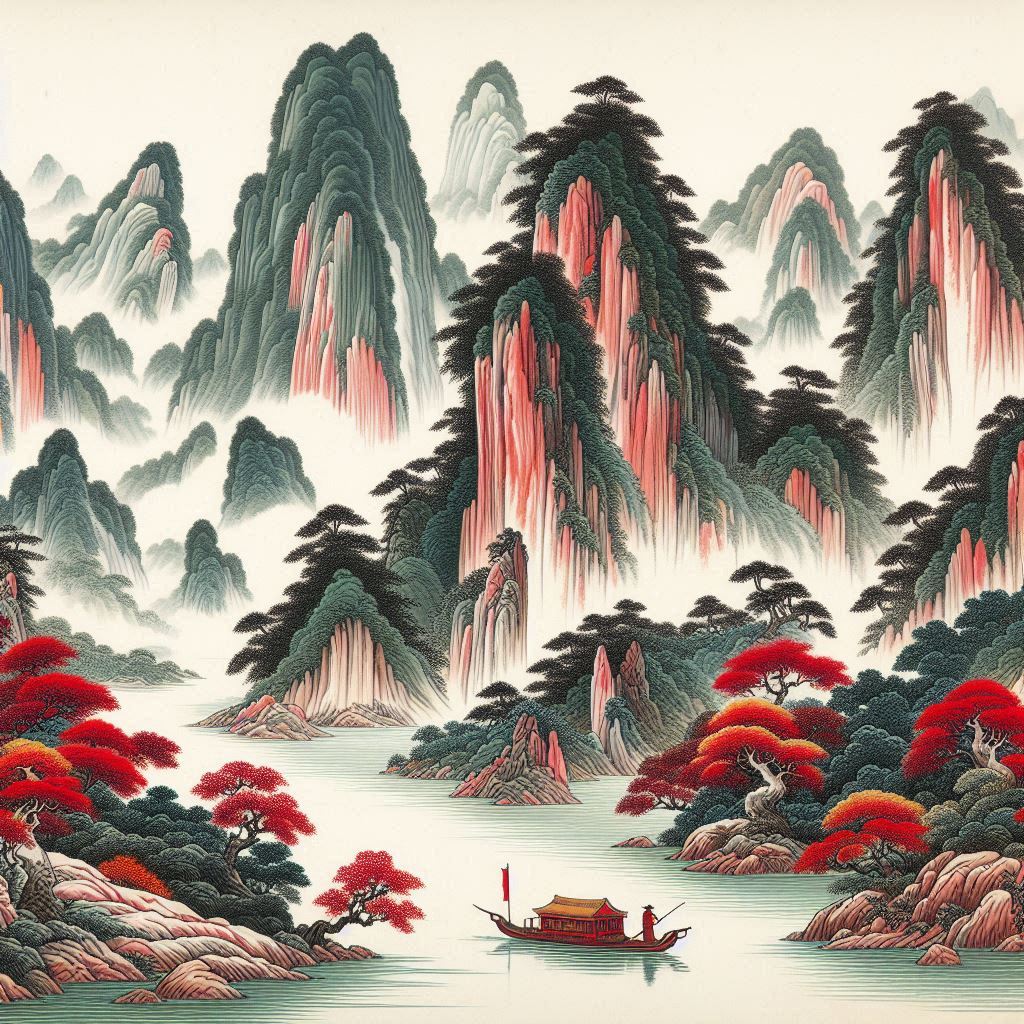
Anger covers a wide range of related emotions and should be perceived in an extensive broader sense. It incorporates emotions such as irritability, impatience, frustration, stubbornness, rudeness, arrogance, resentment, aggression, rage, as well as the manifestations of suppressed anger - depression and apathy.
Anger can be divided into active, explosive anger, which can be labeled “hot anger” and passive, repressed anger which can be labeled “cold anger”. "Hot anger" manifests with "heat signs", while "cold anger" manifests with "cold signs". Active, explosive, "hot anger" makes the Qi rise (as heat flares upward) and symptoms manifest predominantly in the head. Typical symptoms of "active" anger are red face and cheeks, dizziness, headache(1). Other symptoms could include heart palpitations and rapid pulse, ringing in the ears, thirst, etc. Passive, repressed, "cold anger" manifests with "cold signs" such as paleness, lack of energy, low mood, apathy, depression.
In traditional Chinese medicine anger relates to the Liver. Sudden or long-term anger blocks the flow of Liver Qi and damages Liver Yin. Thus anger can be counteracted by promoting the flow of the Liver Qi and tonifying Liver Yin.
On a mental level the best way to counteract anger is to practice compassion.
It is essential to understand that anger is the most harmful and destructive emotion of all. It brings great suffering to others and ourselves, and not only halts our development but destroys accumulated merit. Therefore if you feel that you have problem with anger it is essential to find ways to approach it. Certainly feel free to use this project to learn more about anger from the perspective of traditional Chinese medicine. You can do so by going to the Physiology chapter and reading the Liver/Gallbladder materials. Or you can review the introduction material The Toxic Effect of Disturbing Emotions and Some Ways to Approach Them.
YS
Maciocia, Giovanni (1989). The Foundations of Chinese Medicine. Edinburgh: Harcourt Publishers Limited
Liangyue, D., Yijun, G., Shuhui, H., Xiaoping, J., Yang, L., Rufen, W., Wenjing, W., Xuetai, W., Hengze, X., Xiuling, X., Jiuling, Y. (1987). Chinese acupuncture and moxibustion. Beijing: Foreign Languages Press
Related Articles:
The Seven Emotions - Internal Cause of Disease









